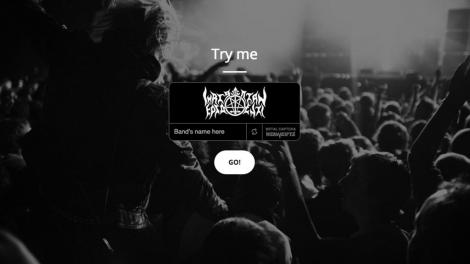
It’s been relatively quiet on the Project Loon front of late, but Sri Lankan officials have announced a deal with Google to be one of the first countries to benefit from this balloon-based internet access.
The helium-filled, high-tech contraptions are going to be rolling out across Sri Lanka in the coming months – it’s the first large-scale, real-world test of the project Google has been working on since 2011.
«The entire Sri Lankan island – every village from (southern) Dondra to (northern) Point Pedro – will be covered with affordable high speed internet using Google Loon’s balloon technology,» said foreign minister Mangala Samaraweera, who also doubles up as IT minister.
Internet for the masses
Sri Lanka makes sense for Google as it’s a relatively small nation that will give its balloon technology a chance to find its feet. Of the country’s 20 million people, only around 3-4 million have web access.
If you’re new to the Project Loon idea, it uses high-altitude balloons floating around 20 miles up to create 3G networks. Signals are based from balloon to balloon and then down to special ground stations to connect to the web.
For densely populated areas with modern infrastructure, Loon doesn’t make economic sense, but it could be life-changing for those in remote parts of the world and developing nations. All eyes will now be on Sri Lanka to see how well the technology works in practice.
- Can Google’s balloons unite the world online?
![]()


